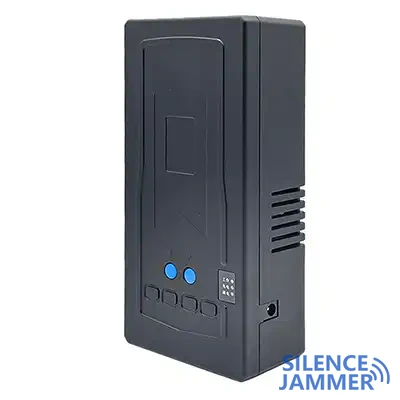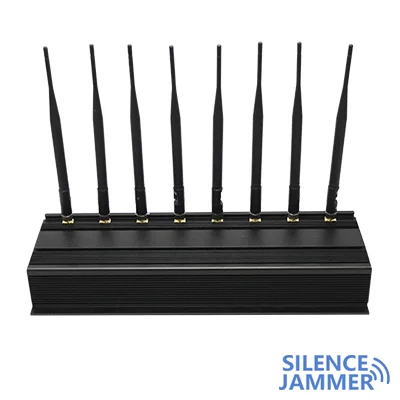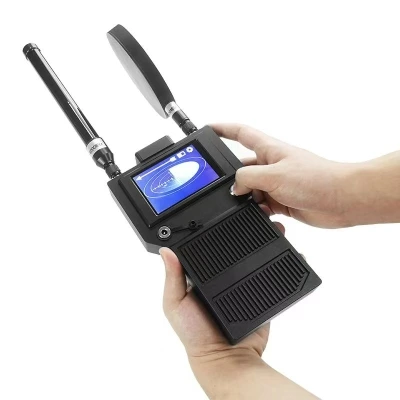Indoor environment
1.Signal attenuation
In indoor environments, the propagation of phone signals will be blocked and interfered by objects such as buildings, walls, and isolation materials, resulting in signal attenuation. This means that the phone signal jammer needs more power to cover the same area to ensure the interference effect.

2.Multipath propagation
In indoor environments, signals may experience multipath propagation, that is, the signal from the cell phone jammer to the mobile phone may undergo multiple reflections and refractions, resulting in instability of signal interference. This requires fine-tuning of the frequency coverage and power of the phone signal jammer to ensure that the interference effect is stable and consistent.
3. Reflection and diffraction
Surfaces such as walls and ceilings inside buildings may reflect and diffract signals, causing them to propagate in multiple directions. This may lead to a wider coverage area for signal interference, but also increase the difficulty of designing and debugging phone signal jammers.

Outdoor environment
1.Free propagation
In outdoor environments, the propagation of telephone signals is not blocked by objects such as buildings and is usually able to propagate freely. This means that phone signal jammers can more easily cover a large area in outdoor environments.
2.Weather effects
Weather conditions in outdoor environments such as rain, snow, and strong winds may affect the propagation of signals, causing signal attenuation or scattering, thereby affecting the phone signal jammer's interference effect. Especially in severe weather conditions, the phone signal jammer may need to increase power to compensate for signal attenuation in order to maintain the jamming effect.
3.Man-made interference
In outdoor environments, it may also be affected by other man-made signal interference, such as TV signals, wireless networks, etc. These interference signals may interfere with the signals emitted by the phone signal jammer, reducing the effectiveness of the phone signal jammer.
Different effects of indoor and outdoor environments
1.Coverage
Outdoor environments are usually more open than indoor environments, and signals propagate farther, so phone signal jammers may have a wider coverage in outdoor environments.
2.Stability of interference effect
Due to the complexity of indoor environments, such as multipath propagation, reflection, and diffraction, the interference effect of phone signal jammers in indoor environments may not be as stable as in outdoor environments. Therefore, it is more necessary to fine-tune and optimize the parameters of phone signal jammers in indoor environments.
3.Interference signal strength
Due to factors such as signal attenuation and multipath propagation in indoor environments, phone signal jammers may require more power in indoor environments to maintain the interference effect, while they may be able to reduce power in outdoor environments to achieve the same effect.
The effects of indoor and outdoor environments on telephone signal phone signal jammers are different. Indoor environments, factors such as signal attenuation and multipath propagation increase the difficulty of designing and debugging phone signal jammers, while in outdoor environments, signal propagation is freer and coverage is wider, but it may also be affected by weather and other interference signals.



